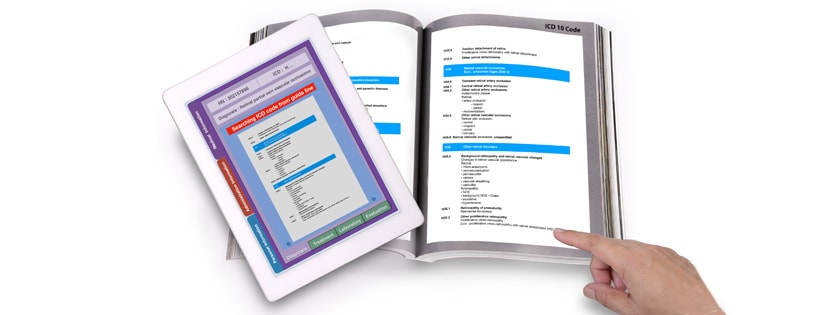With January 1, 2020, fast approaching, the annual changes to the Current Procedural Terminology (CPT) code sets, as defined by the American Medical Association (AMA), are about to take effect. Since 1966, physicians have been relying upon CPT codes to describe their clinical participation and request payment from both governmental and private payers.
As the common language for the healthcare industry in the outpatient and medical practice arena, CPT has long been the accepted standard, and the changes this year reflect healthcare’s move towards a digital future. For the first time, there are six new codes that recognize new tech-enabled and patient-initiated digital communications with either a physician or other healthcare provider. These codes begin to integrate home-based access to care meant to prevent and manage chronic diseases such as patients reporting self-measured blood pressure monitoring at home.
2020 CPT Coding Changes
In total, there are 248 new CPT codes (along with 71 deletions and 75 revisions) including the following:
- Changes to the E/M codes for physicians’ time to include:
- Deletion of code 99201 completely.
- A revised definition of time associated with E/M codes 99202 through 99215. The code determination criteria have been changed from “typical face-to-face time” to “total time spent on the day of the encounter,” which eliminates the calculation of time spent with a patient directing counseling and/or coordination of care.
- Codes to support new tech-enabled patient monitoring intended to capitalize on new pathways for clinicians caring for patients with challenges to care access.
- 99473, 99474 to report self-measured blood pressure monitoring
- 99421, 99422, 99423 for qualified health care professionals to engage in patient-initiated digital communications
- 98970, 98971, 98972 for non-physician health care professionals engaging patients
- 96156, 96158, 96164, 96197, 96170, and their corresponding add-on codes 96159-96171) that emphasize team and interdisciplinary coordination between behavior and intervention care and their primary and specialty care partners.
- Changes and expansion for EEG monitoring services to determine and monitor epilepsy through codes 95700-95726. This deleted four older codes and replaced them with 23 new codes providing clarity to services performed
These new codes, coupled with the changes for ICD-10 that take effect on 10/1/19, position healthcare providers are stepping into an automated future. While this is a cursory look at the changes, if you are currently managing your coding in-house, you understand the sometimes-overwhelming task of staying educated on this vital function. Moving forward, consider a third-party partner to streamline your coding functions that may improve your bottom line.
Contact us to discuss coding and billing activities needs today..
